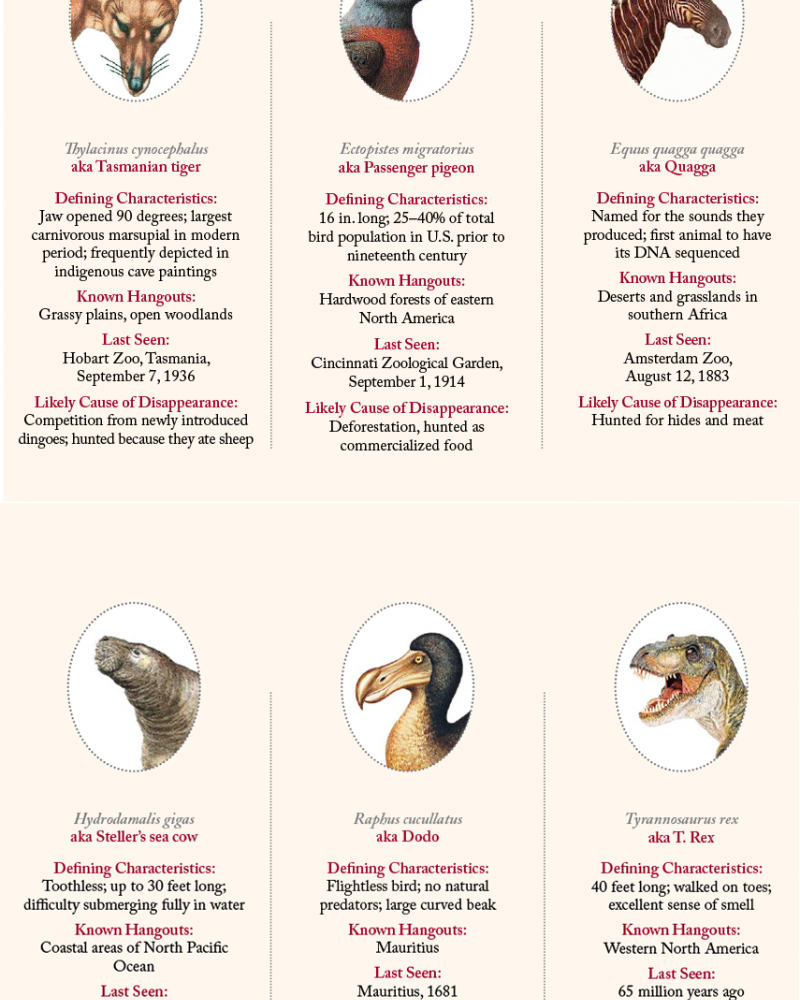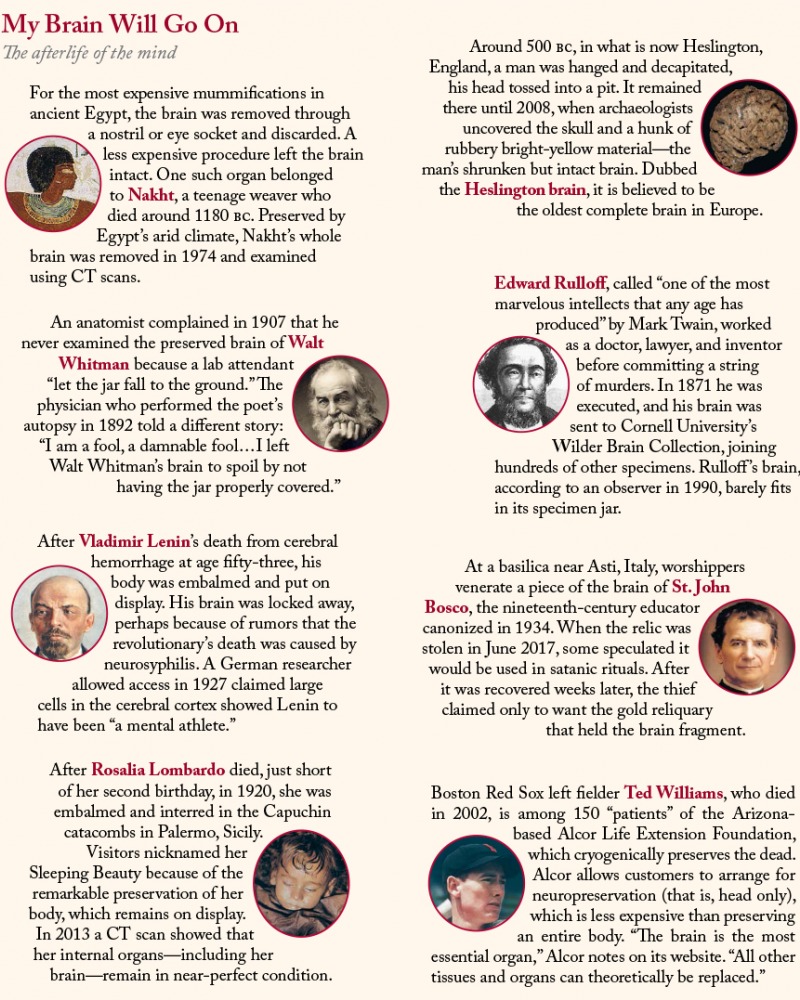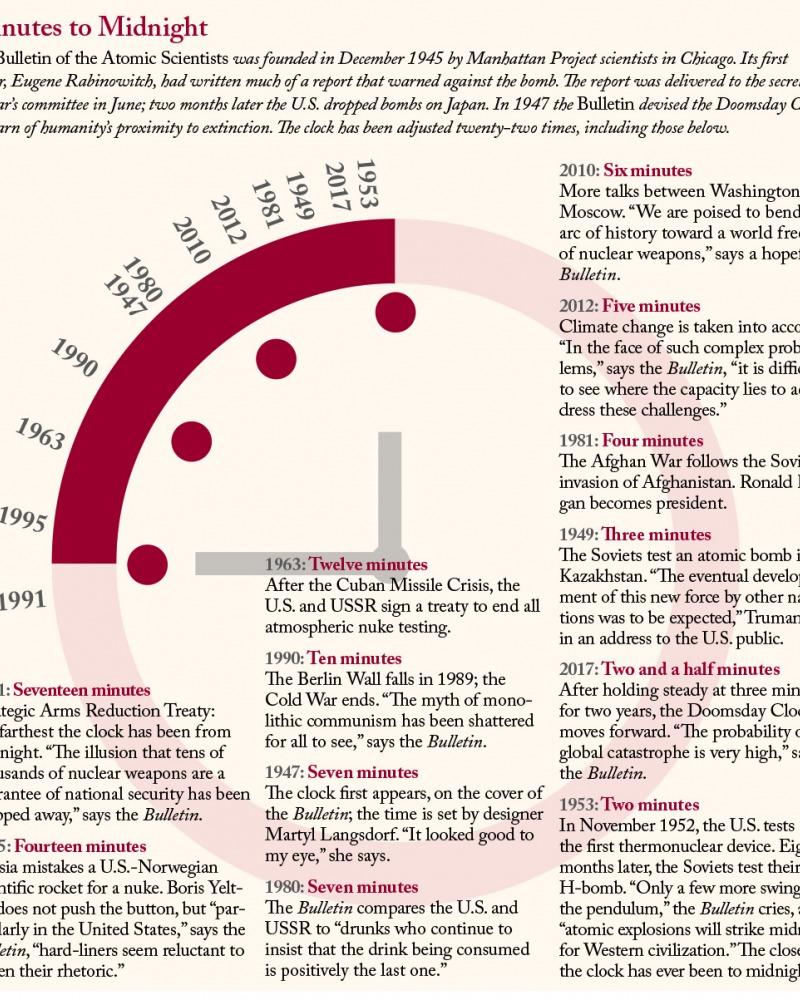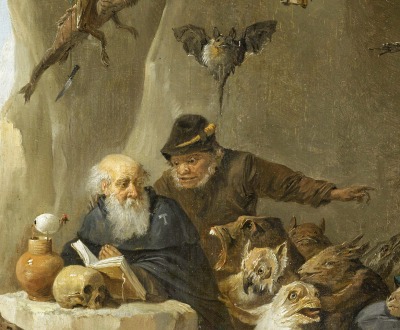Miscellany
An ongoing international study of people who have survived severe cardiac arrest has led researchers to believe that the brain experiences a “hyper-alerted state” after clinical death. This means, they theorize, that consciousness could continue after the body stops showing signs of life; a person may be able to hear and perceive the pronouncement of their own death.
Miscellany
George Romero, who pioneered the modern zombie film in 1968, complained in 2010 that he’d “never had a zombie eat a brain, but it’s become this landmark thing.” The trope was introduced in 1985 by Dan O’Bannon’s Return of the Living Dead, in which a zombie woman explains that eating brains relieves the “pain of being dead.” Some fans have speculated this is due to the brain’s high levels of serotonin.
Miscellany
Born on Lesbos around 700 BC, Terpander, a master of the kithara, was summoned to Sparta during a period of civil strife—an oracle had suggested bringing the “Lesbian singer” to help—and organized the city-state’s earliest civic music culture. Immensely popular there, he later returned for what was to be his last performance. While he was playing, a fig thrown by an adoring fan went directly into his mouth. Terpander choked on the fruit and died.
Miscellany
Before the nineteenth century, a conductor’s baton was a baseball-bat-size implement that was banged against the floor to keep time. This could be dangerous. In 1687, while conducting a symphony playing Te Deum for Louis XIV, who had just recovered from serious illness, composer Jean-Baptiste Lully accidentally struck his foot with his baton, causing inflammation in his toe. He refused amputation, and an infection spread, killing him two months later.
Pages




